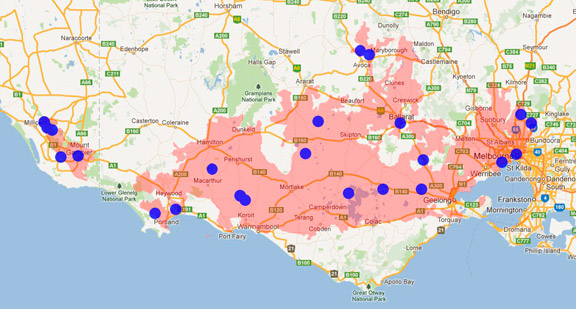A range of teacher professional learning programs will be developed to accompany the Biodiversity of the Western Volcanic Plains online outreach...


Common Early Nancy
Wurmbea dioica
A perennial lily with up to three leaves with a sheathing base. This species resprouts from an underground corm.
| Details | Description |
| Type | Graminoid |
| Group | Lily |
| Identifying Characteristics | |
| Distinctive Features | Male flowers are white with red to purple anthers. Female flowers are white with a superior purplish ovary and three styles. A purple nectary band distinguishes this species from Burchardia umbellata. |
| Life Form Group | Graminoid |
| Life Form Codes | Medium to Tiny Non-tufted Graminoid (MNG) |
| EVC types | EVC 132_62: Lighter-soils Plains Grassland EVC 803: Plains Woodland |
| Native Status | Native to Australia |
| Taxonomy | |
| Phylum | Charophyta |
| Class | Equisetopsida |
| Order | Liliales |
| Family | Colchicaceae |
| Genus | Wurmbea |
| Species | dioica |

Distribution maps indicate current and historic locations where species have been sighted.
Source: Atlas of Living Australia
| Endangered Status | |
| DEPI Advisory List | Not listed |
| FFG Act | Not listed |
| EPBC Act | Not listed |
The conservation status of species is listed within Victoria and Australia.
The Department of Environment and Primary Industry (DEPI) Advisory List consists of non-statutory advisory lists of rare or threatened flora and fauna within Victoria.
The Flora and Fauna Guarantee Act 1988 (FFG Act) lists threatened species in Victoria. Under the Act, an Action Statement is produced for each listed species.
The Environment Protection and Biodiversity Conservation Act 1999 (EPBC Act) is the Australian Government’s key piece of environmental legislation, listing nationally threatened native species and ecological communities.



